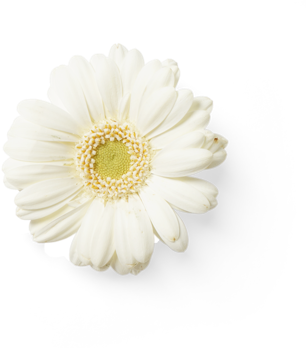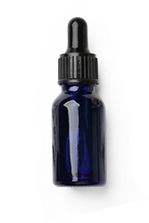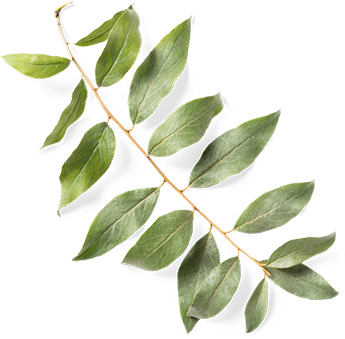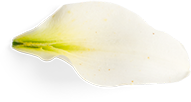About production of Young Living essential oils:
Traditional wisdom meets modern technology
According to a study published in February 2019, global essential oils market is expected to rise dramatically from 226.9 kilotons in 2018 to 404.2 kilotons in 2025. Essential oils are no doubt all the rage these days but they are not a recent invention. In fact, the use of aromatic extracts is a long-standing practice dating as early as 3000 BC with ancient Egyptians usually being given credit as the first culture to use them. Over a dozen Egyptian medical papyri have been preserved, many of which contain descriptions of diagnoses, herbal remedies and recipes. The most famous, extensive and best-preserved of these is probably the Ebers Papyrus, a 110-page scroll, which is about 20 metres long. As such, the Ebers Papyrus was written about 1550 BC, but it is believed to have been copied from earlier texts. In addition to the kingdom of Egypt, aromatic plant extracts were employed in ancient India, Persia, China as well as in classical Greece, Rome and the pre-Columbian Americas.











